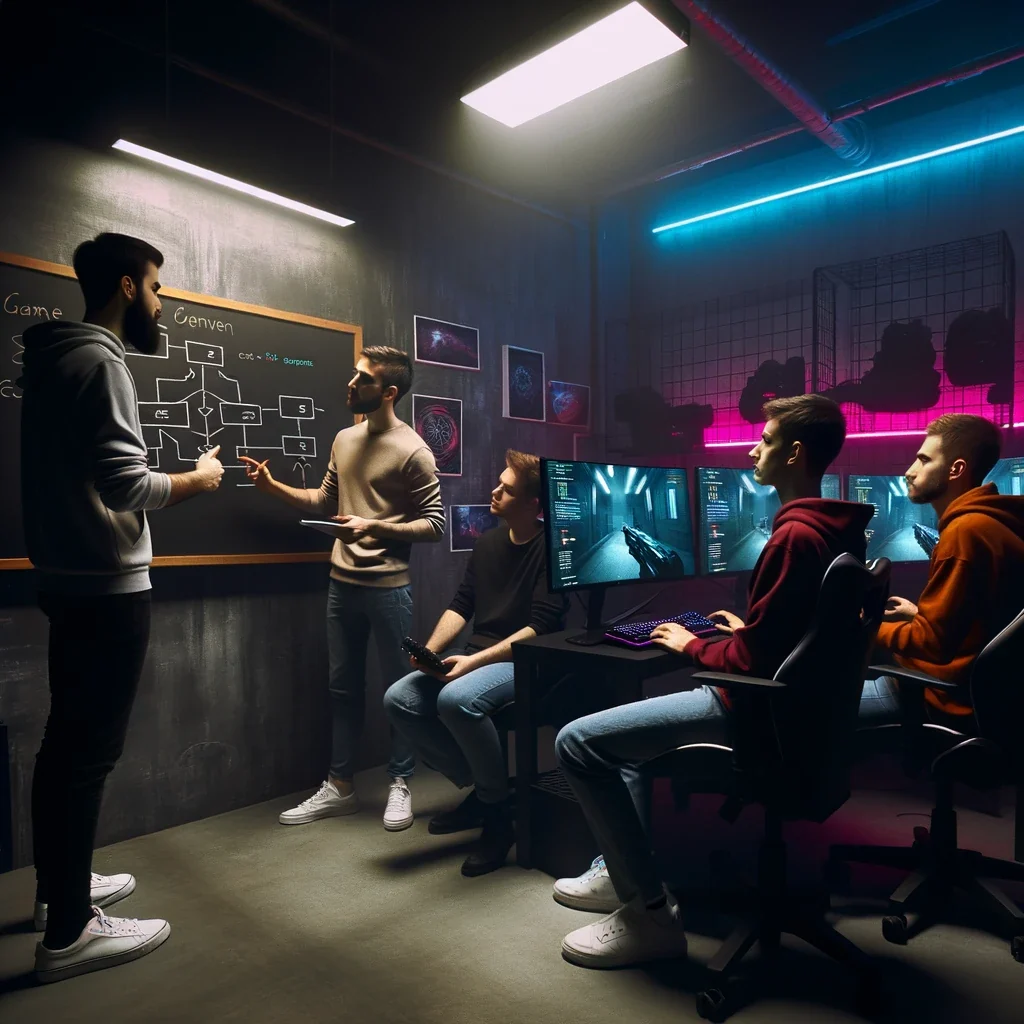Communication
CS2 Communication Guide
Communication is pivotal in a team-based game like Counter-Strike 2 (CS2). A well-coordinated team communicates efficiently and often outperforms a less organized team with higher individual skills. This guide provides strategies and tips to help you communicate effectively in CS2.
Importance of Communication
Communication in CS2 is multifaceted, and understanding its significance can give you a strategic edge. Relaying crucial information about enemy positions, weapon details, and tactical decisions in real-time can turn the game’s tide. Good communication keeps everyone on the same page, promotes teamwork, and elevates your team’s overall performance.
Basic Terminology and Callouts
One of the foundational aspects of effective communication in CS2 is understanding the game’s basic terminology and callouts. These are specific terms used to denote various locations on the map, actions, and strategies. For instance, ‘A Long’, ‘Catwalk’, ‘B Site’ are callouts related to specific map locations.
It is crucial to familiarize yourself with these terms and use them effectively to relay quick and precise information to your team. You can find several resources online with detailed breakdowns of the callouts for each map in CS2. Spend time studying these to ensure you know exactly where ‘Mid,’ ‘Tunnel,’ ‘Pit’, and other familiar spots are on each map.

Basic Terminology and Callouts
One of the foundational aspects of effective communication in CS2 is understanding the game’s basic terminology and callouts. These are specific terms used to denote various locations on the map, actions, and strategies. For instance, ‘A Long’, ‘Catwalk’, ‘B Site’ are callouts related to specific map locations.
It is crucial to familiarize yourself with these terms and use them effectively to relay quick and precise information to your team. You can find several resources online with detailed breakdowns of the callouts for each map in CS2. Spend time studying these to ensure you know exactly where ‘Mid,’ ‘Tunnel,’ ‘Pit’, and other familiar spots are on each map.
Clear and Concise Communication
When it comes to in-game communication, clarity and conciseness are key. Rambling or providing unnecessary information can confuse your teammates and lead to poor decision-making. Here are a few tips:
Provide Essential Information
Communicate only the vital details to your team. Typically, these would include the number of enemies spotted, their location, any distinctive weapons they’re carrying, and their direction of movement. For instance, saying, “Two enemies spotted moving from mid to B site, one has an AWP,” provides your team with essential information without overwhelming them.
Be Concise
Long-winded explanations can slow down decision-making. Practice delivering crisp, clear information. “Three enemies, B Site” is a much quicker and efficient callout than, “I see three guys, they are rushing towards B site right now.”
Avoid Unnecessary Chatter
Engaging in unnecessary banter or discussing unrelated topics can distract your team and impede communication. Save the chatter for downtime between rounds and focus on game-related communication during active play.
Active Listening
Communication in CS2 is not just about transmitting information; being a good listener is equally crucial. Paying attention to and acting on your teammates’ callouts can significantly boost your team’s performance.
Respond to Callouts
If a teammate makes a callout, acknowledge it and react accordingly. If they have spotted enemies rushing towards B site, it’s your cue to either prepare for defense or start rotating towards B site.
Ask for Clarification
If you didn’t catch a callout or didn’t understand it, ask your teammate to clarify. It’s better to take a moment to get accurate information than to make a potentially detrimental decision based on an incorrect understanding.
Constructive Feedback
Part of communicating well as a team involves giving and receiving feedback. If you notice a teammate consistently making the same mistakes, provide them with constructive criticism to help them improve. Similarly, be open to receiving feedback from others. However, remember to keep it respectful and positive.
Regular Practice
Just like any other skill in CS2, effective communication requires practice. The more you play and communicate with your team, the better you’ll get at it. So, invest time in playing as a team and actively focus on enhancing your communication skills.
Conclusion
Effective communication is a cornerstone of success in CS2. Remember to communicate, listen actively, and continuously strive to improve. With practice and the right approach, you can significantly enhance your team’s coordination and performance, giving you a competitive edge in your matches.